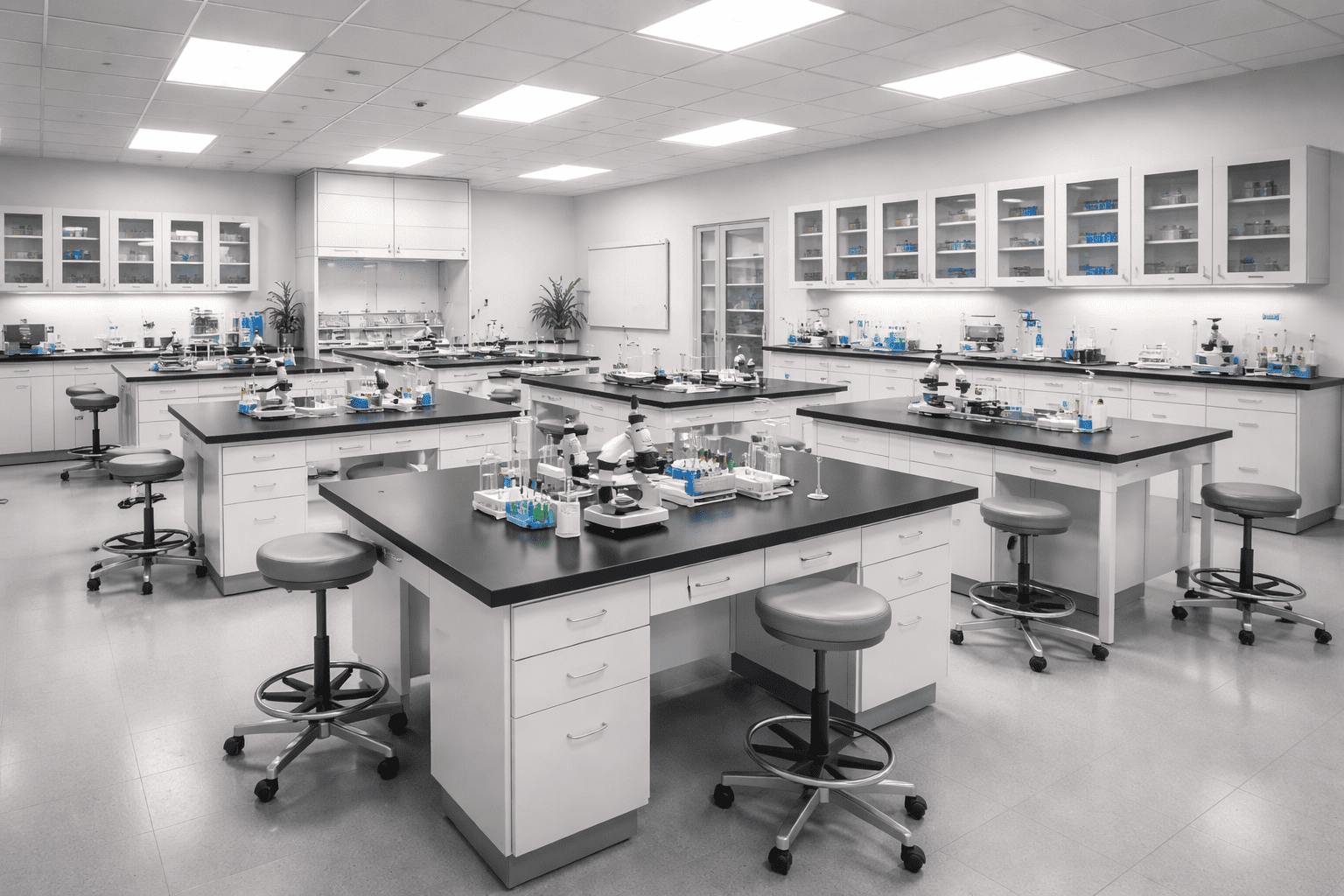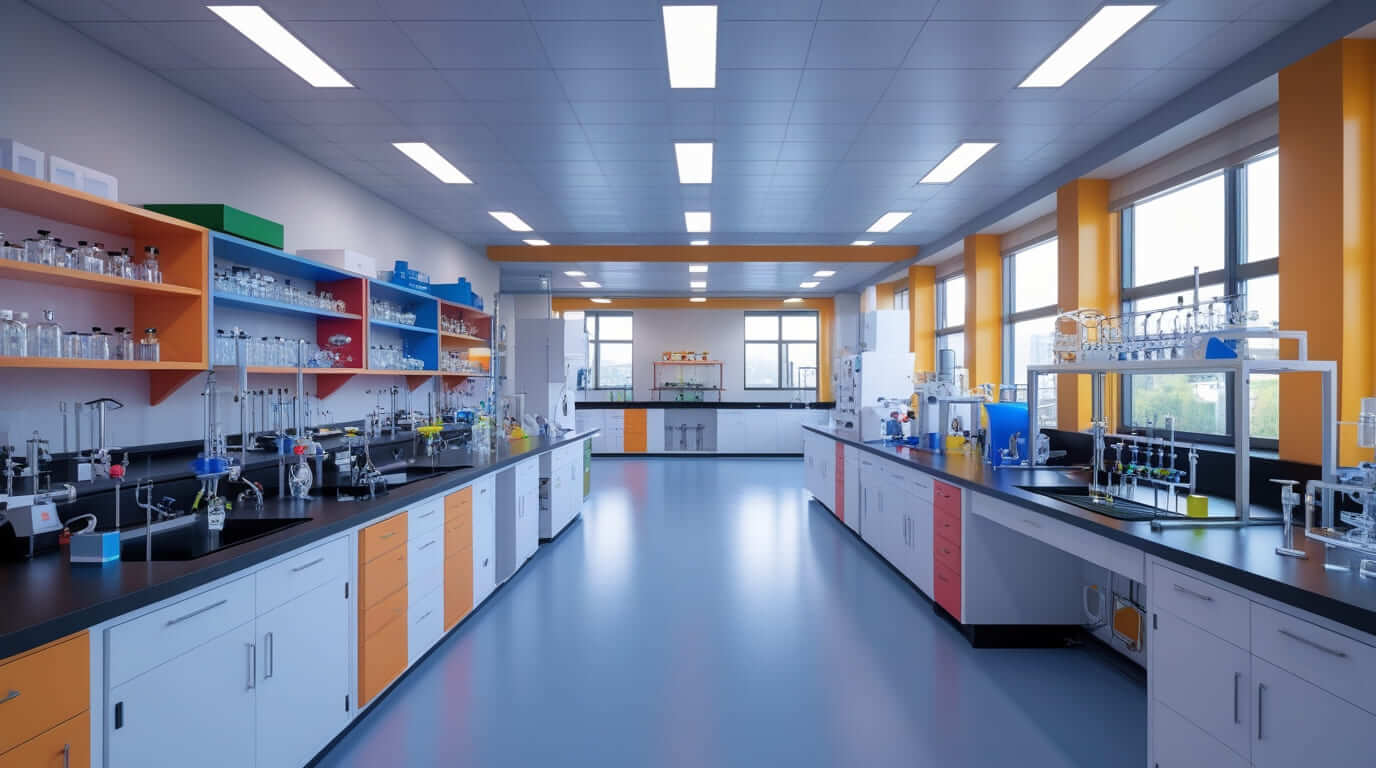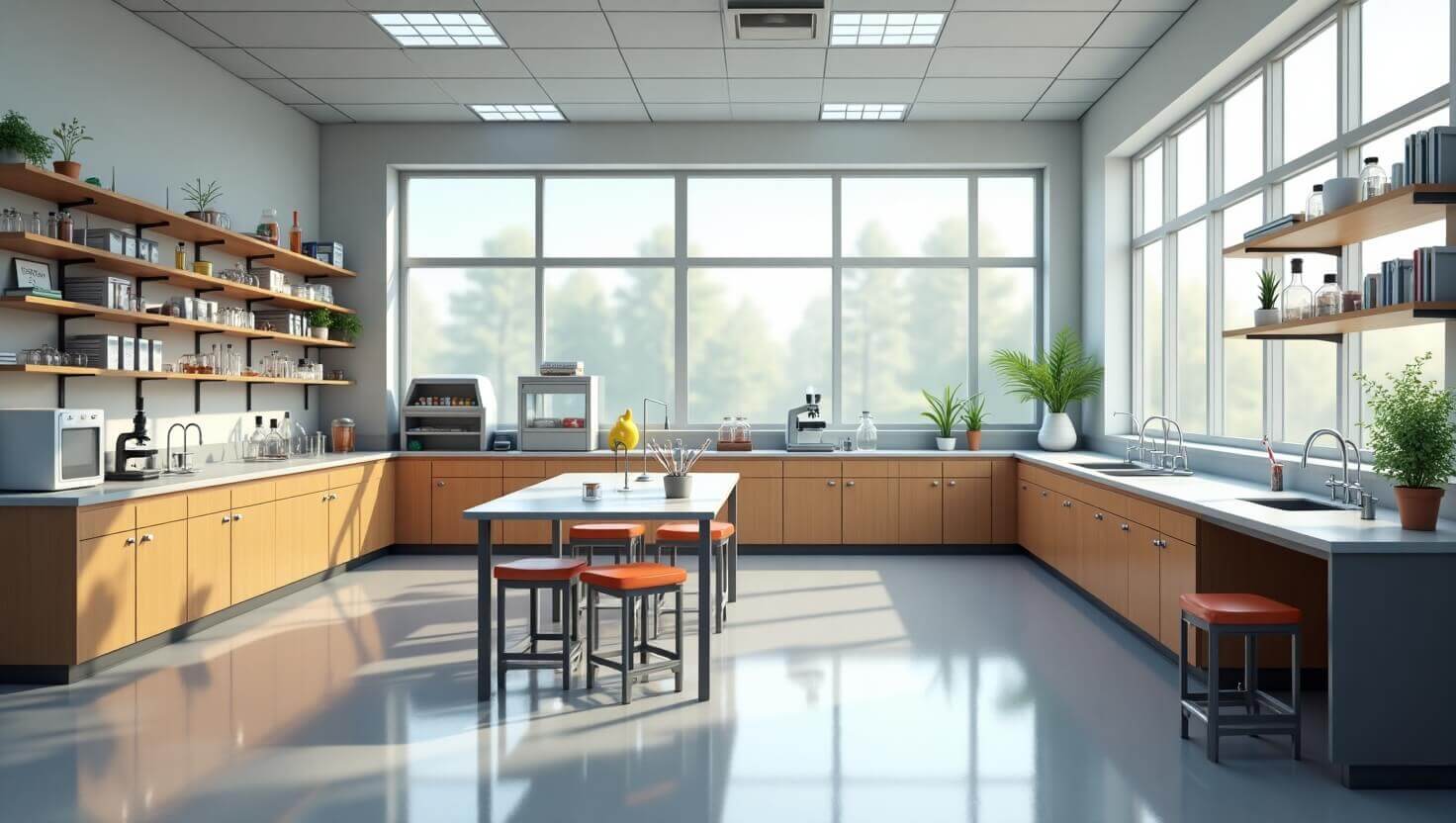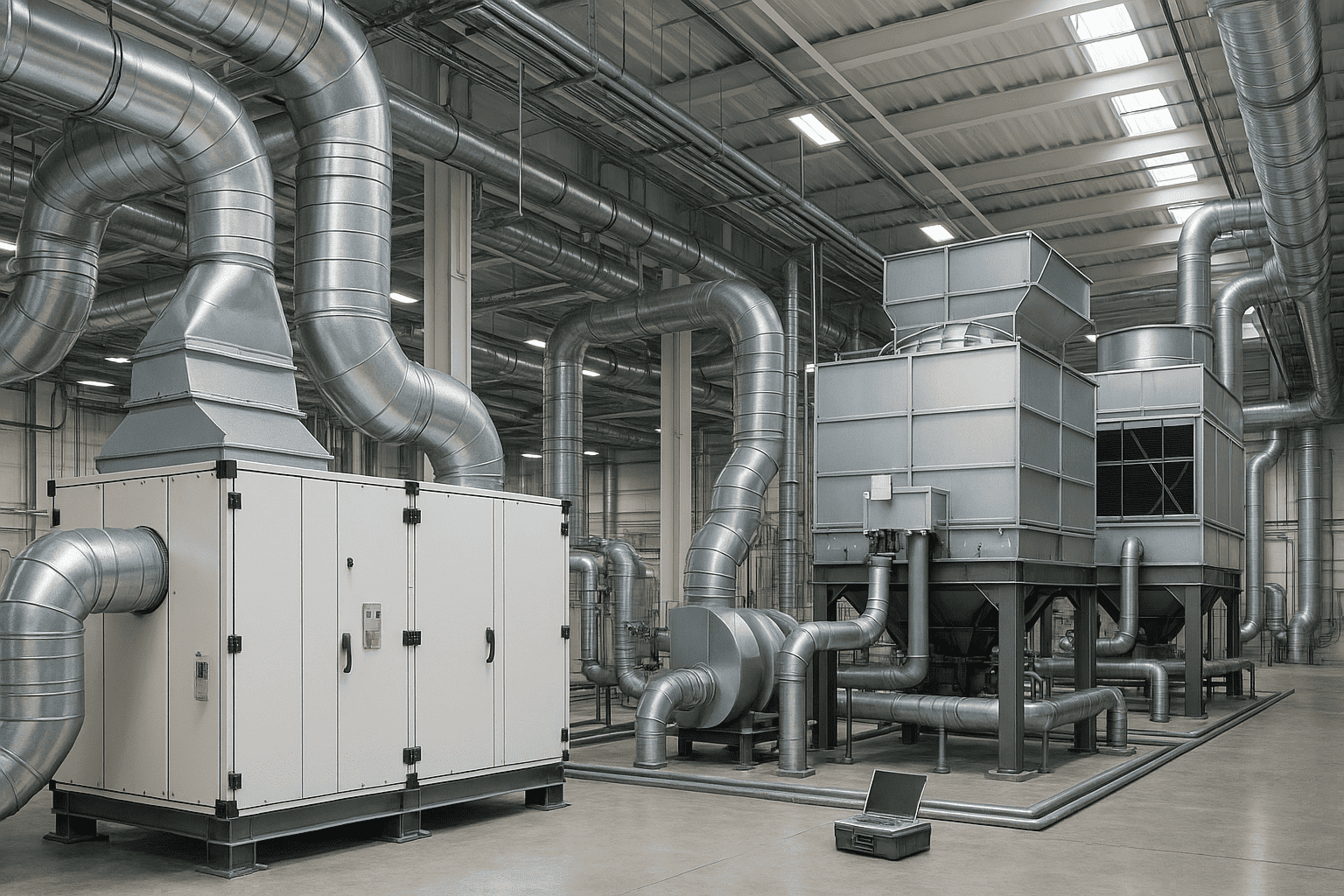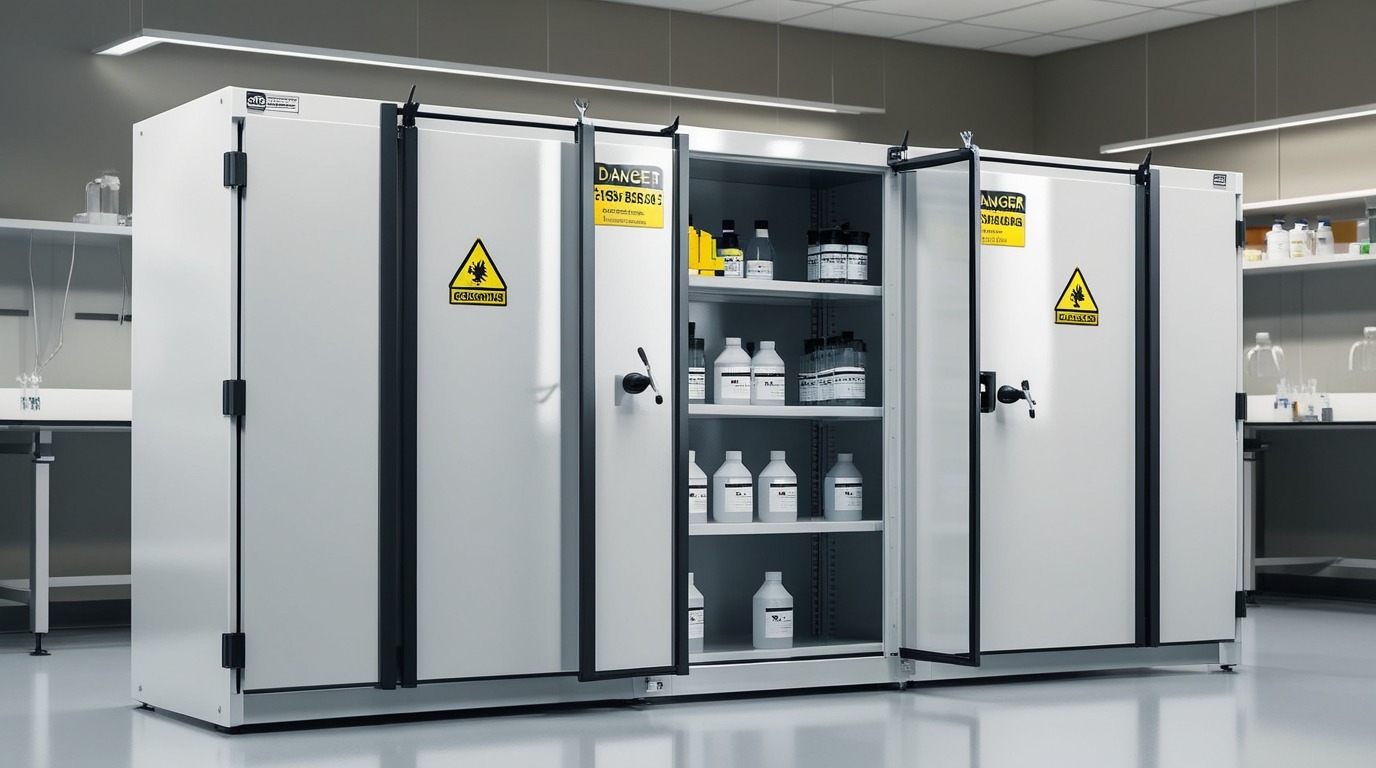
Setting up a laboratory involves making crucial decisions about safety, efficiency, and compliance. One of the most important aspects is proper chemical storage. Laboratories handle various hazardous substances, and choosing the right chemical storage cabinets plays a vital role in ensuring a safe and organized work environment. If you’re looking for guidance or a trusted Chemical Storage Cabinets supplier, this article will help you make informed choices.
Why Chemical Storage Cabinets Are Essential
Chemical storage cabinets are designed to safely store flammable, corrosive, toxic, or reactive chemicals. They reduce the risk of spills, leaks, fire, and harmful exposure, ensuring both personnel and property remain protected. Choosing the wrong cabinet can result in regulatory violations or, worse, accidents that can put lives at risk.
So, how do I choose the right chemical storage cabinets for my lab? Let’s break it down step by step.
1- Understand Your Chemical Inventory
Start by identifying the types of chemicals your lab handles. Are they flammable, corrosive, oxidizing, or toxic? Each category of chemical requires a specific type of storage:
- Flammable cabinets: Designed to store combustible liquids safely.
- Corrosive cabinets: Made from materials that resist acid or base corrosion.
- Toxic substance cabinets: Usually equipped with ventilation or sealed doors to prevent fume release.
- Multi-purpose cabinets: Some are built to handle a mix but must be labeled accordingly and used with caution.
A reliable Chemical Storage Cabinets supplier can help you categorize your chemicals and suggest appropriate solutions.
2- Check Compliance with Regulations
Different countries and regions have specific standards regarding chemical storage. In India, for instance, labs must comply with the Factories Act, BIS (Bureau of Indian Standards) guidelines, and possibly OSHA or NFPA standards if you’re working with international partners.
Make sure the cabinets you choose meet the required safety and fire-resistance ratings. A good Chemical Storage Cabinets supplier will provide certification and documentation for each product.
3- Consider the Construction Material
The material of the cabinet must be compatible with the chemicals stored. Common materials include:
- Stainless steel or powder-coated steel for flammable and general-purpose chemicals.
- Polypropylene or PVC-lined cabinets for corrosive substances like acids and bases.
- Double-walled steel with insulation for fire-resistant storage.
Durability and resistance to wear are also important, especially in high-traffic or industrial lab environments.
4- Size and Capacity Matters
Cabinets come in various sizes, from under-the-counter models to large standalone units. Choose a size based on:
- The number and size of chemical containers you need to store.
- Available space in your lab.
- Future expansion or increased chemical usage.
Overcrowding a cabinet or storing incompatible chemicals together can be dangerous, so plan for some buffer space.
5- Ventilation and Spill Control
Some chemical storage cabinets come with built-in ventilation or allow for external exhaust connections. This is essential when storing volatile or fume-emitting chemicals. Also, ensure that your cabinet includes features like:
- Leak-proof sump trays or spill containment.
- Self-closing doors (especially for flammable cabinets).
- Locking mechanisms for safety and access control.
6- Choose a Trusted Supplier
When selecting a Chemical Storage Cabinets supplier, look for one with industry experience, high-quality products, and good customer service. Ask about:
- Customization options for your lab layout.
- Installation and after-sales support.
- Warranty and maintenance.
Choosing the right supplier ensures you’re not just getting a product, but a long-term safety solution for your lab.
Conclusion
So, how do I choose the right chemical storage cabinets for my lab? The key is to evaluate your chemical inventory, follow safety regulations, select the right materials and size, and work with a trusted Chemical Storage Cabinets supplier. With proper planning and the right equipment, you can create a safer, more efficient laboratory environment that meets all safety standards.

